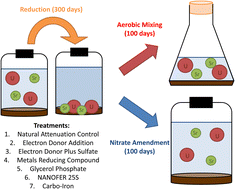Environ. Sci.: Adv., 2023, 2,1436-1445
DOI: 10.1039/D3VA00178D, Paper
DOI: 10.1039/D3VA00178D, Paper
 Open Access
Open Access This article is licensed under a Creative Commons Attribution 3.0 Unported Licence.
This article is licensed under a Creative Commons Attribution 3.0 Unported Licence.Christian Vogel, Philipp Roesch, Philipp Wittwer, Christian Piechotta, Jan Lisec, Thomas Sommerfeld, Stephanie Kluge, Hannes Herzel, Thomas Huthwelker, Camelia Borca, Franz-Georg Simon
Sewage sludge and other fertilizers derived from wastewater contain various per- and polyfluoroalkyl substances (PFAS) and other fluorinated contaminants that can pose a problem for the recovery of phosphorus from wastewater.
The content of this RSS Feed (c) The Royal Society of Chemistry
Sewage sludge and other fertilizers derived from wastewater contain various per- and polyfluoroalkyl substances (PFAS) and other fluorinated contaminants that can pose a problem for the recovery of phosphorus from wastewater.
The content of this RSS Feed (c) The Royal Society of Chemistry









